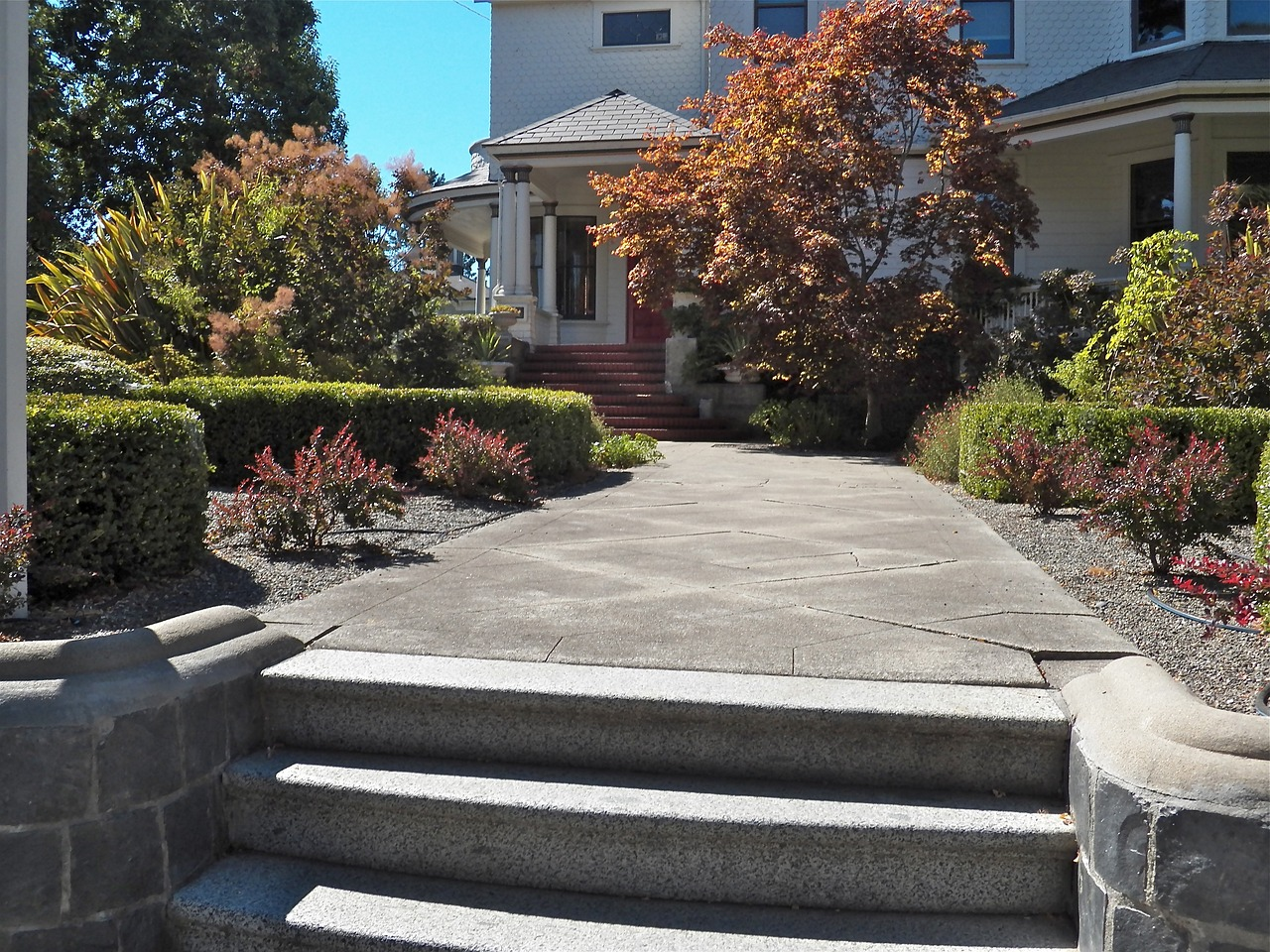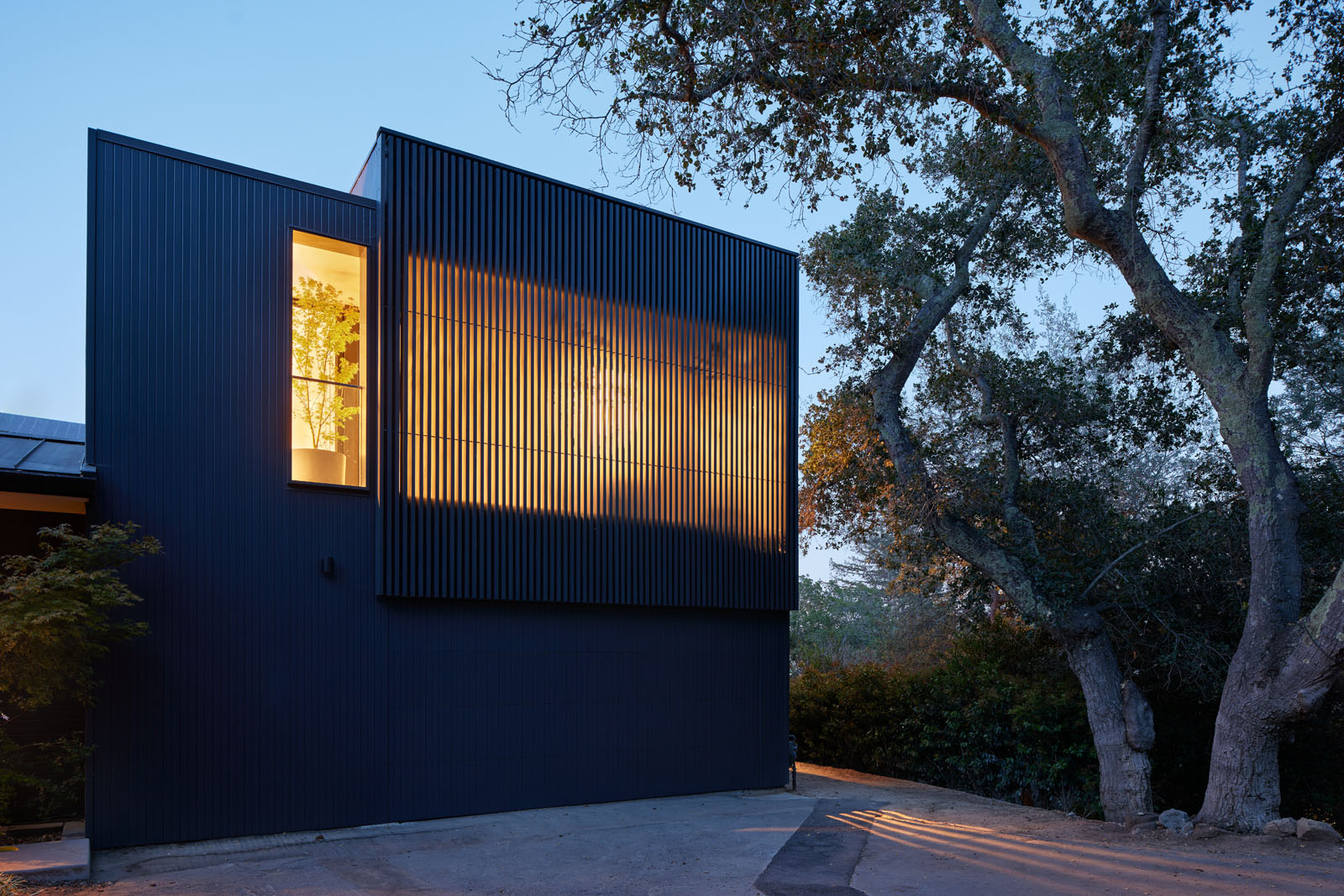- Home
- Articles
- Architectural Portfolio
- Architectral Presentation
- Inspirational Stories
- Architecture News
- Visualization
- BIM Industry
- Facade Design
- Parametric Design
- Career
- Landscape Architecture
- Construction
- Artificial Intelligence
- Sketching
- Design Softwares
- Diagrams
- Writing
- Architectural Tips
- Sustainability
- Courses
- Concept
- Technology
- History & Heritage
- Future of Architecture
- Guides & How-To
- Art & Culture
- Projects
- Interior Design
- Competitions
- Jobs
- Store
- Tools
- More
- Home
- Articles
- Architectural Portfolio
- Architectral Presentation
- Inspirational Stories
- Architecture News
- Visualization
- BIM Industry
- Facade Design
- Parametric Design
- Career
- Landscape Architecture
- Construction
- Artificial Intelligence
- Sketching
- Design Softwares
- Diagrams
- Writing
- Architectural Tips
- Sustainability
- Courses
- Concept
- Technology
- History & Heritage
- Future of Architecture
- Guides & How-To
- Art & Culture
- Projects
- Interior Design
- Competitions
- Jobs
- Store
- Tools
- More
From Bland to Beautiful: The Impact of Proper Landscape Design

The symphony of color that a well-designed landscape brings to a home is not just eye candy – it’s a marvel of functional beauty. From the cheerful blossoms that herald the coming of spring to the resolute trees that stand guard through the changing seasons, an artful arrangement of flora and earth can transform a lifeless yard into a sanctuary for both humans and wildlife. But the benefits of proper landscape design stretch far beyond aesthetics, permeating every facet of our living environment. This post will peel back the layers of horticultural lore to reveal how the right design doesn’t just add value to your property but can also become a cornerstone of ecological sustainability and community engagement.

Table of Contents
TogglePlanting the Seeds of Biodiversity
Biodiversity is Nature’s superpower. It’s the reason why human life can thrive on this planet, and it’s the cornerstone of healthy gardens. A biodiverse garden is a buffet for local wildlife, attracting pollinators, songbirds, and beneficial insects that keep the ecosystem in balance. Each new flower, shrub, or tree enriches the web of life that extends beyond the garden fence, connecting to parks, forests, and urban green spaces. A diversity of plants for your front yard is the first thread in the tapestry of habitat creation. Evergreens provide year-round cover, berry-producing shrubs supply vital caloric reserves, and a colorful array of nectar-rich blooms sustains pollinators through their seasonal migrations.
Water-Wise Landscaping: A Source of Conservation
Every droplet that falls on a property has a story to tell; it’s an opportunity for replenishment rather than runoff. Through the strategic placement of rain gardens, permeable paving, and simply allowing the earth to do its work, a landscape can capture and channel rainwater to recharge local aquifers. Mulch is the unsung hero of moisture management. Its layer of protection conserves soil moisture, reduces evaporation, and suppresses weeds – a triple boon for a resilient garden.
When used correctly, mulch not only saves water but also minimizes the need for synthetic herbicides, further enhancing the health of the ecosystem.
The owner of Precision Landscaping emphasizes, “Transforming your outdoor space into a sustainable oasis with landscape design Toronto is not just about aesthetics—it’s about conserving water and nurturing local ecosystems. By incorporating rain gardens, permeable paving, and strategic mulching, you can enhance the beauty of your property while promoting environmental sustainability.”
Curb Appeal and Property Value
Green is more than just a color; it’s a psychological salve. Studies have shown that exposure to green spaces can reduce stress, improve cognitive function, and speed up recovery from illness. Landscaping your home is not just about property lines; it’s about creating a personal oasis that nurtures your well-being. A successful landscape design considers the lifecycle of plants, their maintenance requirements, and how they interact with the built environment. It’s a long-term vision that evolves with the garden, ensuring that the investment in greenery continues to pay dividends in aesthetic pleasure and functional use.
Green Spaces for Community Well-Being
Community gardens are fertile ground for neighborly bonds. They provide a common space for residents to grow their food, exchange knowledge, and build community spirit. These shared green oases are also a living classroom, teaching the next generation the value of the natural world. In the urban jungle, public parks offer a welcome respite, a chance to touch base with the wild within the city limits. They are the shared backyard, the venue for celebrations and quiet contemplation, and the lungs that help cities breathe.

Cultivating Your Vision
For landscape professionals and serious enthusiasts, harnessing robust digital tools greatly enhances the creative process and ensures those key design principles come to life more efficiently. Leveraging solutions such as Dynascape landscape design empowers users to quickly craft visually stunning plans that account for plant placement, user flows, and layered perspective—resulting in practical yet striking outdoor spaces that echo the vision described above.
Proper positioning of plants takes more than just aesthetic sensibility. It’s an understanding of their spatial requirements, light preferences, and seasonal nuances. The interplay of form and function in landscape architecture is akin to a complex jigsaw puzzle, each piece vital to the integrity of the whole. Sustainable landscaping practices like the ones highly valued at Michaelangelo’s landscaping need not sacrifice beauty on the altar of green ethics. The two are inseparable. A garden that thrives without an excessive thirst for water or a heavy dependence on chemical fertilizers is a garden that speaks to the soul and the mind.
The verdant pathways of a well-designed nursery garden are more than mere decoration; they are conduits for change, for growth, for life. It’s not just a matter of greening our yards; it’s an opportunity to transform our lives. In embracing the principles of biodiversity, water conservation, and community engagement, we transform our landscapes from bland to beautiful, from mere ornamentation to vibrant centers of life. This is the green revolution at its most personal and powerful—where each of us, through our gardens, can nurture the Earth and each other.
illustrarch is your daily dose of architecture. Leading community designed for all lovers of illustration and #drawing.
Submit your architectural projects
Follow these steps for submission your project. Submission FormLatest Posts
Top 10 Landscape Architecture Books Every Modern Designer Should Explore
Landscape architecture combines creativity, ecological science, and human experience. For designers seeking...
7 Powerful iPad Apps for Modern Landscape Architecture & Garden Design
In 2025, iPad-based workflows have become essential for landscape architects and garden...
The United States’s Most Beautiful Parks and Gardens: Our Essential Guide
Discover the United States’s Most Beautiful Parks and Gardens with expert picks,...
Lawn Care Fundamentals That Make or Break Outdoor Designs
Most architecture students spend years learning design software and theory. Then they...












Leave a comment